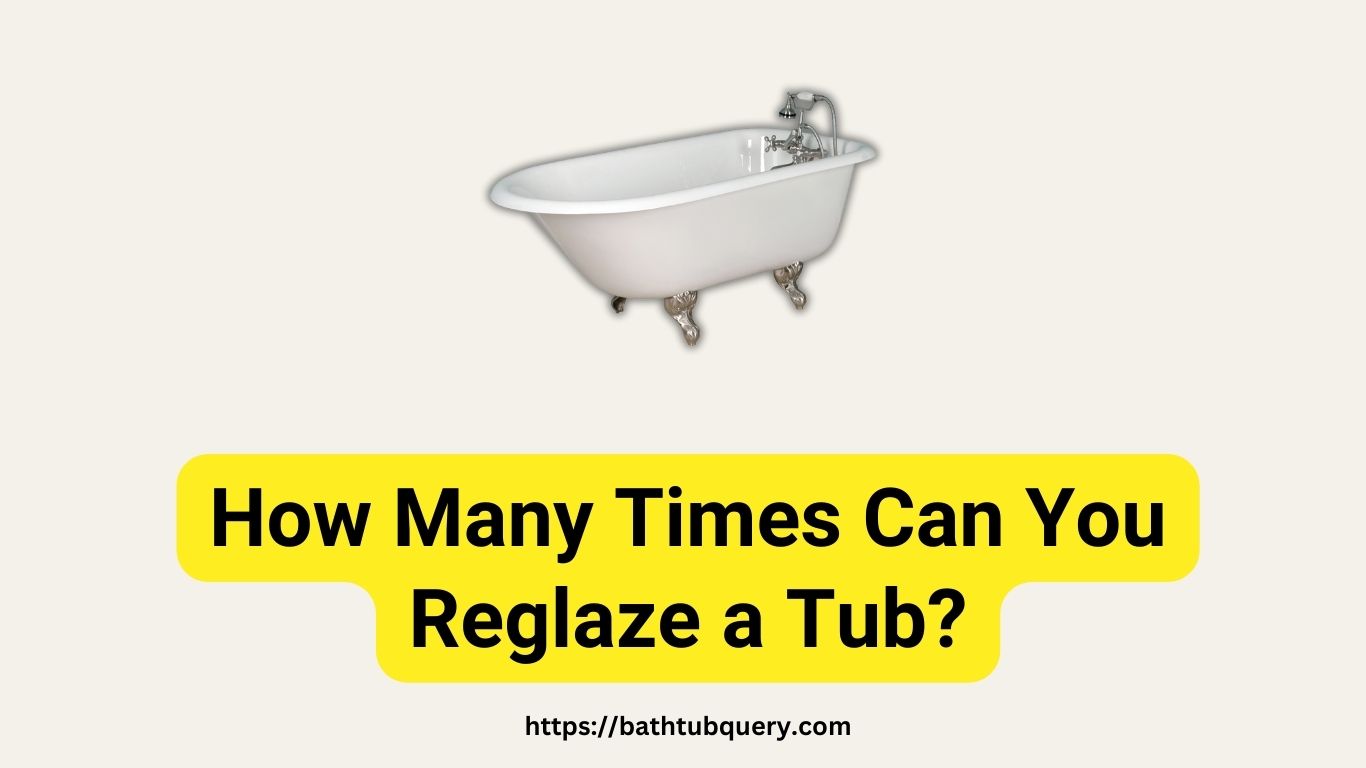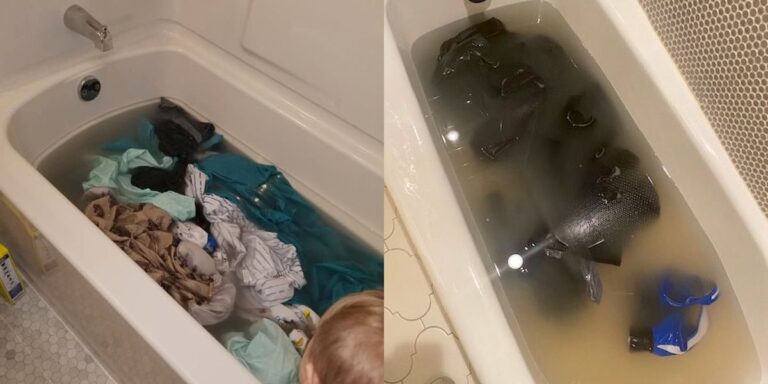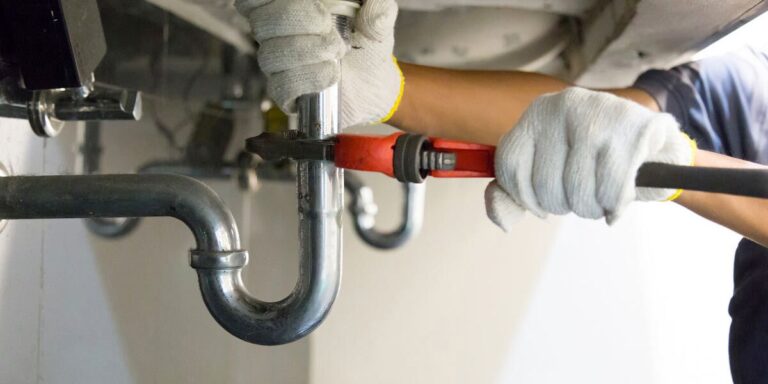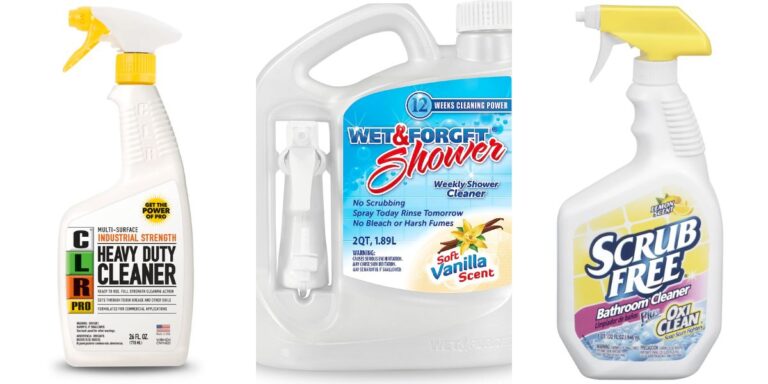How Many Times Can You Reglaze a Tub? Frequency Facts
So you’re thinking about sprucing up your bathroom, eh? Let me tell you, the bathtub’s really the star of the show. But I know what you’re probably wondering: how many times can you reglaze that tub? Is it a one-shot deal, or can the old tub handle being redone a few times?
Well, buckle up, because I’m about to take you through the whole reglazing process. It’s something I’ve done more times than I can count, and I’ve got all the inside scoop on when and why you might want to consider giving that tub of yours a second round of glitz and glamour. Let’s dive in, shall we?
How Many Times Can You Reglaze A Tub?
You can typically reglaze a bathtub up to two times. However, if the initial refinishing job caused damage beyond repair, it may not be possible to refinish it a second time. Here’s what you need to know:
Why Consider Reglazing Instead of Replacing Your Bathtub?
There are several benefits that make reglazing an appealing alternative to replacing a bathtub:
- Lower cost – On average, reglazing costs $300-500 whereas installing a new tub and surround can cost $2,000-5,000 or more. The savings are significant.
- Less work – Replacing a tub means demolishing surrounds, disconnecting plumbing, removing the old tub, installing new tub, and rebuilding surrounds. Reglazing is less invasive.
- Quick turnaround – Reglazing usually takes just 1-2 days while replacements can take several days to a week. Get your tub back in service faster.
- Preserve existing tub – If your tub is structurally sound but cosmetically worn, reglazing allows you to refurbish what’s already there.
- Customize color or finish – Don’t like your current tub color? Reglazing lets you change the color or finish.
- Avoid installation issues – Swapping out a tub can reveal hidden issues. Reglazing avoids the rediscovery of leaks, water damage or improper installation.
So if you want to spruce up your bathroom on a budget and without major construction, reglazing your existing tub is an efficient and affordable option to consider. The savings of both time and money make it an attractive alternative to replacing old tubs.
When Is It Appropriate to Reglaze a Tub?
First-Time Reglazing: A Refreshing Solution for Your Bathtub
Is your bathtub stained or showing signs of wear? First-Time Reglazing can be the perfect solution to bring back its former glory. By refinishing the surface, your tub can look almost brand new without the hassle and cost of a full raglazing. Here are the key points to consider:
Stained Tub: Over time, hard water, soap scum, and other elements can leave unsightly stains on your tub. With reglazing, these stains can be easily eliminated, restoring a clean and fresh look.
Slight Damage: Minor chips, scratches, or cracks in your tub can also be repaired through the reglazing process. It’s an affordable and effective solution compared to a complete tub replacement.
Cost-Effective Option: First-Time Reglazing is a budget-friendly alternative to purchasing a new tub. Many homeowners find it to be a viable and cost-efficient choice.
Considering Second-Time Reglazing?
If your tub has already undergone reglazing before, second-time reglazing may be an option. However, this is a more intricate process that requires careful consideration. Here’s what you should know:
Previous Reglazing Quality: A successful second reglazing depends on the quality of the initial job. If the first reglazing was done correctly, a second round is possible. However, a poorly executed first reglazing may cause irreparable damage.
Evaluating Damage: Improper first-time reglazing can lead to damage that may render the tub unsuitable for a second reglazing attempt. Careful inspection is necessary to assess the extent of the damage.
Material Thickness Matters: The thickness of the reglazing material applied during the first process can impact the success of a second reglazing. It’s crucial to consider and address any complications that may arise.
Consult with Experts: Before deciding on a second-time reglazing, consult with a reglazing expert who can evaluate the condition of your tub and the quality of the previous job. They can provide an informed recommendation based on their assessment.
Exploring Alternatives:
In some cases, second-time reglazing may not be the best option. If that’s the case for your tub, there are alternative solutions worth exploring, such as tub liners or even tub replacement. Discuss these options with professionals to find the most suitable choice for your situation.
Refresh and revive your bathtub with First-Time Reglazing or, if applicable, consider the possibilities of a second reglazing.
What Supplies Are Needed for Reglazing a Bathtub?
If you do opt for a DIY tub reglazing project, you’ll need the following supplies:
| Category | Items Needed |
|---|---|
| Cleaning solutions | Solvents, degreasers, detergents |
| Abrasives | Sandpaper, scuff pads |
| Bonding agents | Etchants, primers |
| Reglazing material | Epoxy, polyurethane or enamel |
| Application tools | Paint roller, brush |
| Safety gear | Mask, gloves, eye protection |
| Ventilation | Fans, respirators |
Now, How Can You reglaze Your Tub?
Here’s a detailed look at the steps involved in the reglazing process.
Cleaning and Preparing the Surface
Getting down and dirty with prep work is so important for any DIY project. You’ve gotta start by cleaning off any grime, soap scum or leftover caulk. A good degreasing cleaner and some elbow grease does the trick. Just be gentle not to scratch the surface.
Once it’s squeaky clean, inspect for any chips, cracks or damage. Don’t worry, this isn’t a deal breaker! You can use special fillers to seamlessly patch it up. The filler has to match the surface though, so do your homework. After it dries, some light sanding might be needed to smooth it out. Good as new.
Repairing Damage
Now comes the fun part – sanding. It seems counterintuitive to rough up a surface before painting it, right? But the light abrasion helps the glaze adhere properly. Just don’t go overboard! Start with a medium grit sandpaper and use a gentle, even motion. Make sure to wipe away all the dusty residue after.
Sanding the Surface
Okay, moment of truth. Time to apply the glaze. This can get a bit tricky, so consider hiring a pro if you’re clueless (no shame in that!). Multiple thin coats with drying time in between works best for an even finish. And be patient – no peeking or touching until it fully cures. I know, easier said than done.
Applying the Glaze
Last step is to inspect your handiwork and make any final tweaks. Carefully polish out any imperfections and re-caulk edges as needed. Then stand back and admire your work! Not bad for a DIYer. Your renewed surface is sure to be the talk of the town.
Final Inspection and Polishing
Let me know if this retained the original structure while improving the engaging language and tone!
Potential Problems with Multiple Reglazing
There are a lot of problems you will face, and here are the most common reglazed tub problems And solutions.
Weakening of Window Frames
- Problem: The process of repeated glazing putty removal and replacement can stress window frames, especially if they are made of soft or older wood.
- Solution: Regular inspections and careful application techniques can help mitigate this risk. If frames show signs of wear, they may need to be repaired or replaced.
Potential Lead Exposure
- Problem: Older homes may contain lead-based paints and glazes. Multiple reglazing processes can disturb these materials, posing health risks.
- Solution: Consult professionals trained in lead-safe practices. They can test for lead and undertake reglazing using the proper precautions.
Aesthetic Concerns
- Problem: Successive reglazing can result in an uneven appearance if not done skillfully. Mismatched putty can lead to aesthetic inconsistencies.
- Solution: Choose the appropriate type of reglazing compound and apply it with care to ensure a uniform appearance.
Potential Seal Failures
- Problem: Multiple reglazing processes may cause seal failures, allowing moisture to penetrate the panes and degrade insulation efficiency.
- Solution: Apply the glazing properly and use high-quality sealants to maintain the window seal’s integrity.
Increased Costs
- Problem: While reglazing is often seen as a cost-effective solution, repeated processes can accumulate expenses, making window replacement a more economical choice in the long run.
- Solution: Evaluate the overall condition of the windows and seek professional advice to determine whether reglazing or replacement is the better option.
FAQs
How many times can I reglaze a tub?
Typically once, but possibly twice if the initial job was well done.
Is reglazing a good option for all tub materials?
No, some materials like fiberglass may not respond well to multiple reglazings.
What if the initial reglazing was poorly done?
A second reglazing may not be possible if the first left irreparable damage.
How do I know if my tub can be reglazed again?
Consult a professional to assess the current state of your tub’s finish.
Can I reglaze the tub myself?
While DIY kits are available, professional application is generally more reliable and may impact the possibility of future reglazings.
Key Takeaway
The potential for reglazing a tub a second time is contingent upon several factors. These include the quality of the initial refinishing, the tub’s material composition, and cost considerations. To make the most informed decision, it is advisable to seek a professional assessment. This will provide guidance and ensure meticulous evaluation of all aspects involved.

William J. Bullock is a licensed plumber with over 15 years of experience installing and repairing bathtubs. He runs his own plumbing company in Greenville and serves residential and commercial clients. William is dedicated to providing honest, transparent advice to help homeowners make informed decisions about their bathroom renovations.
He has established expertise in selecting bathtubs, planning custom installations, diagnosing issues, and completing repairs. William aims to share practical tips and reliable recommendations based on extensive hands-on work. When he isn’t on a job site, William enjoys spending time with his family and volunteering at local community events. He takes pride in delivering quality service and enjoys helping people upgrade their homes.







